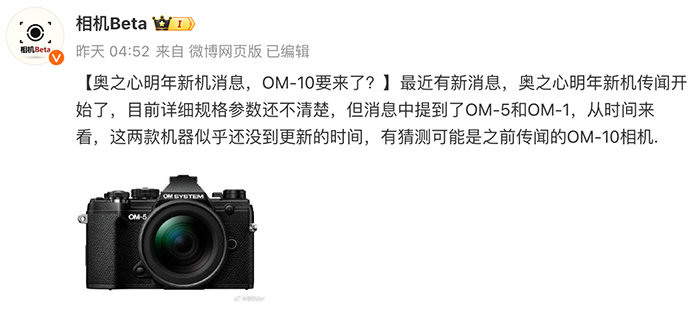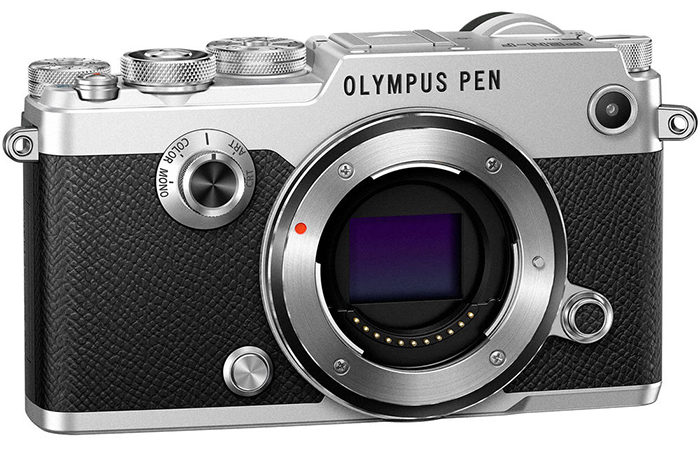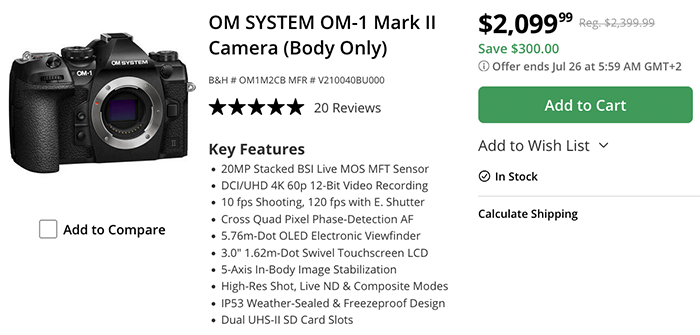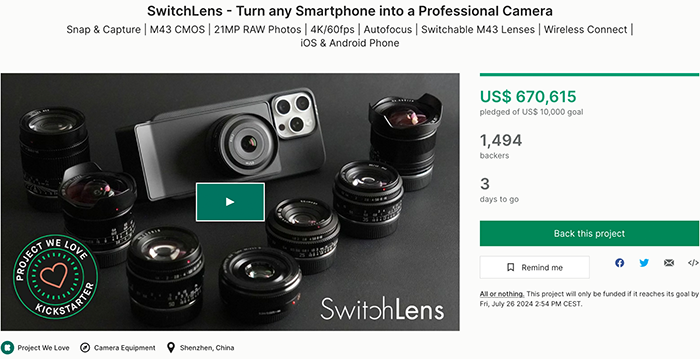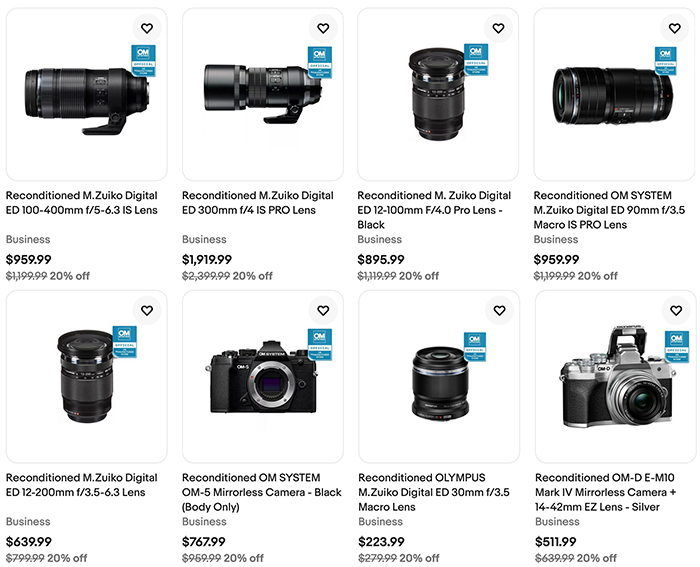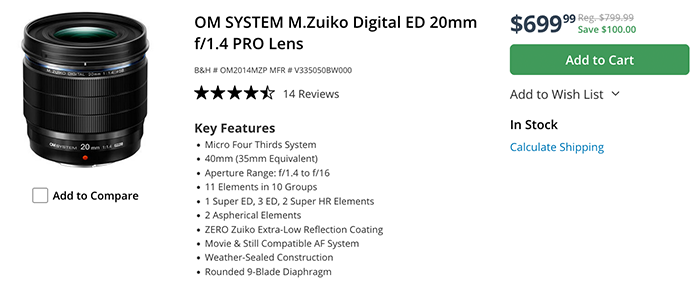a bit of everything…
The Smallest Olympus M43 Camera EVER! – Pen Mini EPM 1
Today deals at Amazon, BHphoto, Adorama, Amazon DE, Amazon UK, Amazon FR, Amazon IT, FotoErhardt DE, FotoKoch DE.
A Pen e for your thoughts: Get fisheye sight for cheap (Diyphotography).
Best Micro Four Thirds lenses in 2024 (Amateur Photographer).
What is the Magnification Ratio in Photography? (42West).
Support Systems and Tools for Stable Macro Photography (Explora).
Plenty of news on the facebook OMD group, Panasonic FF and the GH5 group.
I kindly invite you all to follow me on Youtube, Instagram, Threads for more broader camera talk.
Ending in 48h: MFT Switchlens preorders on Kickstarter (collected over $670k)
You have 48h left to back the SwitchLens project on Kickstarter (Click here). It allows MFT lenses to be used on a device directly connected to the smartphone. It reminds me a bit of the old Olympus Air A01 “camera” (listed here at BHphoto). It wasn’t very successful, so I don’t know why it would work this time around for this idea.
a bit of everything…
The Camera I Always Have With Me
Today deals at Amazon, BHphoto, Adorama, Amazon DE, Amazon UK, Amazon FR, Amazon IT, FotoErhardt DE, FotoKoch DE.
Micro Four Thirds: Tilting Perspectives (Chris Baitson)
Best cameras under $500 in 2024 (Amateur Photographer).
How to Choose the Best Camera for Portraits (42West).
Moving from Stills to Video: Audio, Audio, Audio (Explora).
Plenty of news on the facebook OMD group, Panasonic FF and the GH5 group.
I kindly invite you all to follow me on Youtube, Instagram, Threads for more broader camera talk.
OM System launches a 20% discount on all their Outlet cameras/lenses on sale on eBay
For the next three days you save 20% on all reconditioned gear sold on OM System’s eBay store (Click here).
And Amazon has still some left over Prime Deals running:
- 20% off on the ULANZI BP10 Hardshell 25L Camera Backpack
- 26% off on the dual Lexar Silver 256GB cards pack
- 13% off on the dual Lexar Silver 128 GB cards pack

WILD RUMOR: OM Digital developing three new f/1.4 primes?
Will the 20mm PRO get new company?
I got this very wild rumor. I think there is a low chance this might be true…but I surely HOPE to be wrong this time! The messenger wrote:
3 primes in development, all PRO branded. F/1.4s
Focus for OMDS going forward will be more on lenses and less on bodies
